Feel the power
How the Jameel Family is working towards the shared ambitions of the UN’s Sustainable Development Goal 7 – affordable and clean energy
![]() Without energy, the world as we know it would – literally – grind to a halt.
Without energy, the world as we know it would – literally – grind to a halt.
Just think about it for a moment. It powers our cities, heats our homes, supports our water and food systems, and drives our factories. And as wealth increases and markets develop, we need more and more . . . and more, of it. In 2020, global energy consumption reached a record 173,340 tera-watt hours[1]. In fact, over the past half century, global energy consumption has risen every year except two – the most recent being 2009 in the midst of the global financial crisis.
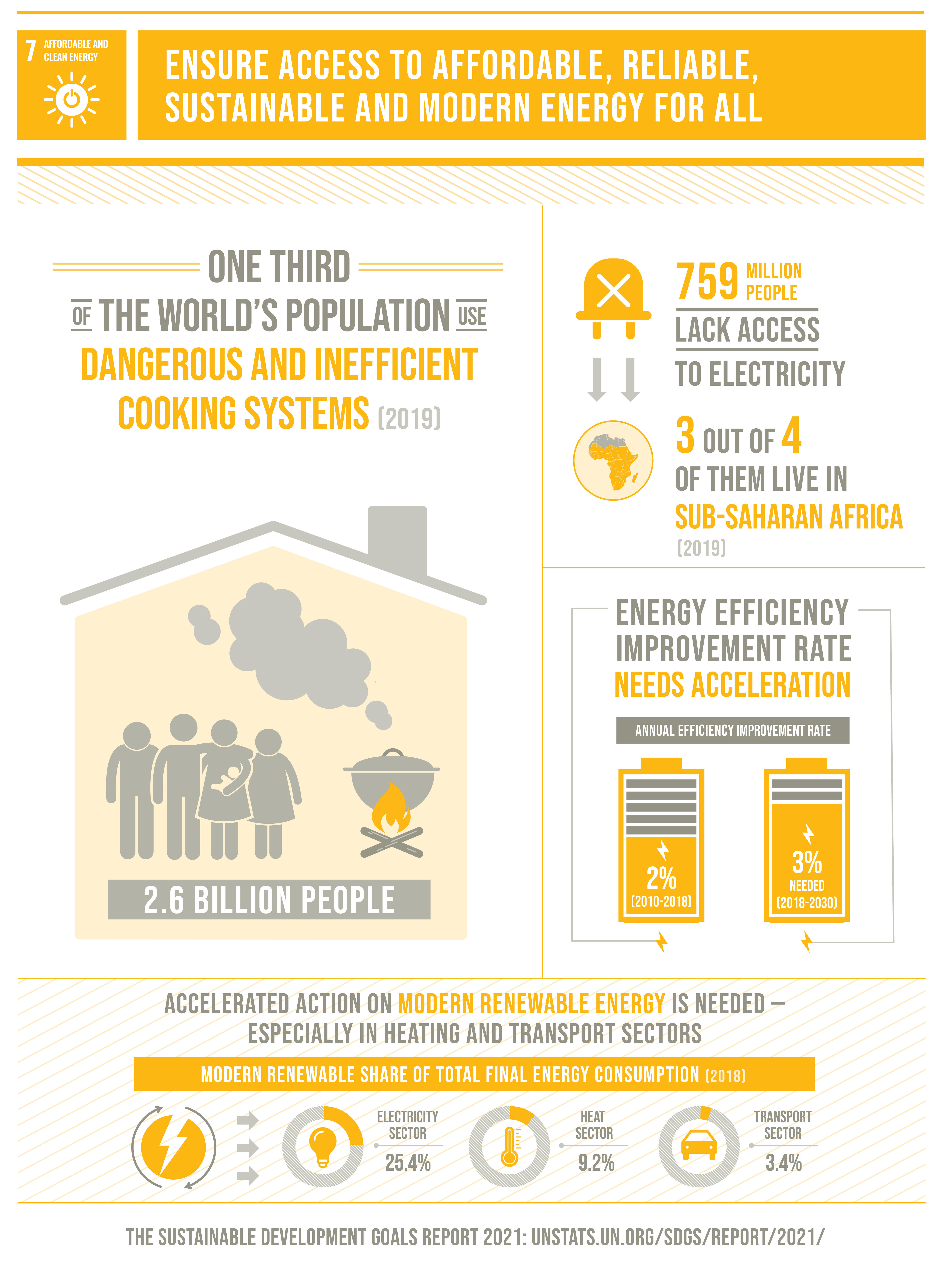
Providing sufficient energy to meet this demand is vital to help drive global development and increase living standards in key regions across the world.
As if that wasn’t challenge enough, it also needs to be done in a way that is affordable, sustainable, and that enables communities to develop and thrive.
In this context, achieving Sustainable Development Goal 7 (SDG 7) – ensuring access to affordable, reliable, sustainable and modern energy for all – with its targets on universal access, energy efficiency and renewable energy, is vital to open up a new world of opportunity for billions of people.
SDG7 lays the foundation for the eradication of poverty, for climate action and for a sustainable world.
Simply put, in the words of the UN: “Without progress on SDG 7, it will be impossible to achieve the 2030 Agenda for Sustainable Development and the Paris Agreement on climate change.”[2]
Some headline statistics illustrate the epic scale of the challenge we face:
- 789 million people globally still lack access to electricity[3]
- 1 in 20 people in some countries are not electrified[4]
- 8 billion people — over a third of the world’s population — are unable to cook cleanly and safely due to lack of power[5]
- 70% of the world’s unelectrified population are in Africa[6]
- Only 17% of total final energy consumption is from renewables (incl. nuclear)[7]

Currently, more than 80% of our energy – over 84% in 2019 – still comes from fossil fuels: coal, oil and gas. Only a little over 11% came from non-nuclear renewable sources in 2019[8]. With such a huge reliance on fossil fuels, it is little wonder that electricity generation is the dominant contributor to climate change, accounting for around 60% of total global greenhouse gas emissions.
The challenge, therefore, is not only one of providing energy that is affordable for the communities that most need it, but also energy that is clean and enables us to achieve the environmental goals of the Paris Agreement. If not, as the UN’s IPCC starkly stated in its recent climate change report, as well as the health, economic and societal implications, we face increasingly extreme heatwaves, droughts and flooding, and the key target of a maximum global warming level of 1.5oC being broken by the mid-2030s.
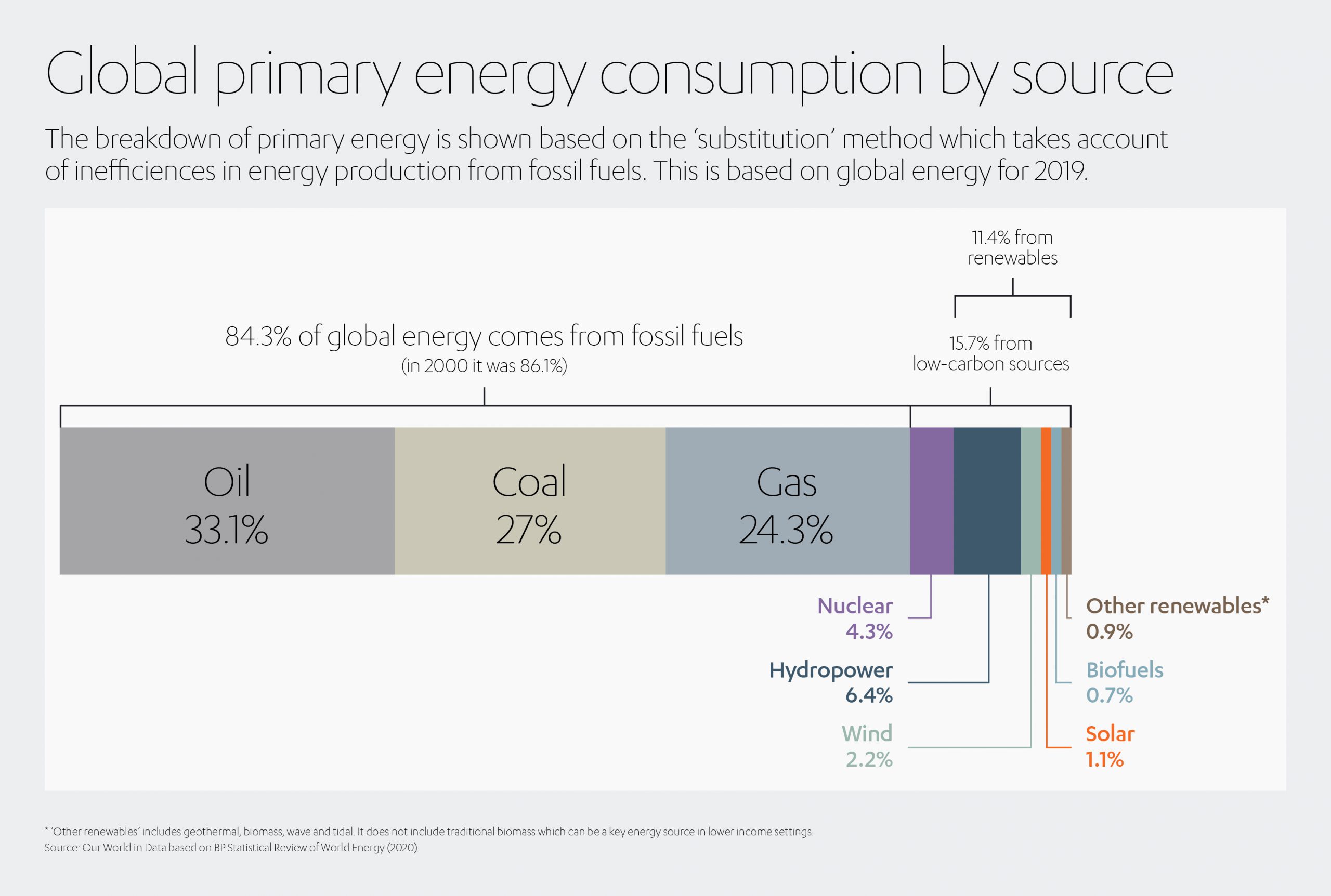
The good news is, despite a slowdown in 2019 due to the pressures of the COVID-19 pandemic, we are heading in the right direction across all the key themes of SDG 7[9]:
- Access to electricity: The global electricity access rate improved from 83% in 2010, to 90% in 2019, with an average annual electrification of 0.876 percentage points. The global access deficit decreased from 1.22 billion in 2010 to 759 million in 2019.
- Modern, renewable energy: The renewable energy share of total final energy consumption gradually increased from 16.4% in 2010, to 17.4% in 2019.
- Clean cooking fuel and technologies: In 2019, 66% of the global population had access to clean cooking fuels and technologies. For the period 2010-2019, much of the increase in access to clean fuels and technologies was dominated by the most populous low and middle-income countries, Brazil, China, India, Indonesia and Pakistan.
- Investment: International financial flows to developing countries in support of clean and renewable energy reached US$ 14 billion in 2018, 35% lower than in 2017, but still 32% higher than in 2010.
Powering a cleaner and more affordable energy future
At Abdul Latif Jameel, we have long recognized not only the potential of clean energy sources like solar and wind technologies, but also the necessity to find cleaner, more sustainable ways to power our society. That’s why, through our flagship renewable energy business Fotowatio Renewable Ventures (FRV), part of Abdul Latif Jameel Energy, we’re helping to bring the ambitions of SDG 7 within reach, with our growing portfolio of renewable energy projects across the Middle East, Australia, Europe and Latin America.
One of FRV’s most active markets is Australia. In December 2020, it secured financing for the 150 MW Metz Solar Farm in New South Wales. When operational, the plant will produce enough clean energy to supply up to 40,000 homes and avoid the emission of approximately 288,000 tons of CO2 annually.
That same month, FRV received approval for another project in New South Wales, its fourth in the state and its ninth in Australia. The 300 MW Walla Walla Solar Farm will supply clean energy to 90,000 homes and businesses.
These latest successes mean that FRV has invested around US$ 1 billion in Australia’s renewable energy market since 2012. Its other projects in the country include the Sebastopol, Goonumbla and Moree solar power plants, all in New South Wales, along with solar farms at Dalby and Lilyvale (Queensland), and Winton (Victoria).
The Dalby plant, in particular, is an indication of FRV’s pioneering vision for the future of clean energy. The development is a hybrid power plant comprising a 5 MW power plant with 2.4 MW of photovoltaic solar power generation and 2.5 MW /5MWh of co-located battery storage. It is FRV’s first hybrid project in the country and one of the first battery energy storage system projects in Queensland.
Growing strength in Latin America
FRV also has a rapidly expanding presence in Latin America, particularly in Chile, which has one of the continent’s most advanced renewables sectors.
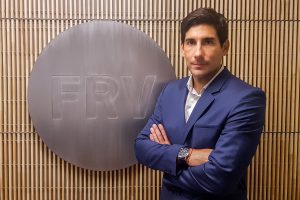
One of its flagship developments in the country is a hybrid solar-wind project with the potential to supply almost 250,000 homes with clean energy, all year round. The project is split between two sites – a solar power plant in the north of the country and a wind plant in the south.
“This hybrid combination of solar and wind allows us to provide renewable energy 24/7,” explains Manuel Pavon, FRV Managing Director for South America. “During the day we provide solar power, and during the night we will provide wind power.”
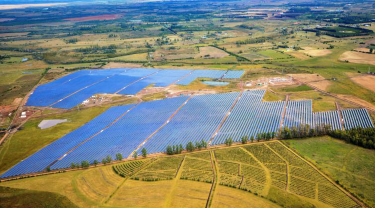
On the other side of the Andes Mountains, communities in Uruguay are also benefitting from Abdul Latif Jameel Energy’s expertise in Latin America.
One of its first projects in the region was the La Jacinta solar power plant in Salto, in the north of Uruguay, developed by FRV.
This was the first solar Power Purchase Agreement (PPA) that FRV signed with the Uruguayan state-owned electric company Administración Nacional de Usinas y Transmisiones Eléctricas (UTE) and was the first to become operational, in 2015. It remains one of the largest solar plants in Latin America.
With 65 MWdc of installed power, the solar plant provides the 100% of its energy to UTE and meets the electrical needs of approximately 34,000 homes, while eliminating approximately 72,000 tons of CO2 emissions per year. FRV sold La Jacinta to Invenergy in 2017, but FRV is pursuing a number of other ventures in the country.
As well as its operations in Chile and Uruguay, FRV is rapidly establishing itself at the opposite end of Latin America, in Mexico, where it has two major solar photovoltaic developments.
Its Potosi solar plant, in San Luis de Potosi, began operations in 2019. It has the potential to generate 815,000 MWh annually, enough to supply more than 76,000 homes and reduce Mexico’s CO2 emissions by almost 98 million tons per year.
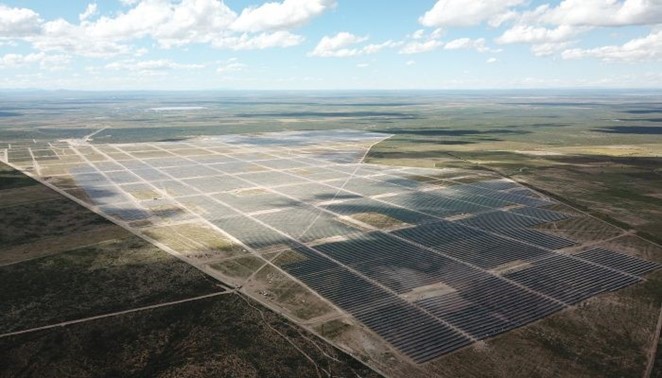
FRV’s second plant, the Potrero PV plant in Jalisco, began operations in October 2020, after just 15 months of construction work. It generates 750,000 MWh per year, supplying 128,000 homes and reducing CO2 emissions by some 437,000 tons.
With these two projects, FRV now has an installed capacity of 640 MW in Mexico, having grown to become a relevant player in a very short period of time. It is also exploring further opportunities in Uruguay, Brazil, Peru and Colombia.
Global ambition
In Spain, where FRV has operated for over 12 years, its 50 MW solar farm at La Solanilla, near Trujillo, began operations in 2020 to supply 103 GWh in clean energy, which will supply approximately 35,000 Spanish homes and avoid the emission of approximately 72,000 tons of CO2 annually. It is the latest in a string of solar projects across the country, in Extremadura, Andalusia, Almeria and Valladolid. These include a 138 MW project at San Serván, which will generate approximately 291 GWh of clean energy annually – enough to power 105,000 homes and avoid the emission of 216,000 tons of CO2.
FRV is also investing its solar expertise in India, where its Andhra Pradesh plant will power 35,000 homes, and in Armenia, where it is building the largest utility-scale solar power plant in the country. Located in Mets Masrik municipality, in the Gegharkunik region, the 55 MW Masrik 1 solar power plant will help boost Armenia’s supply of renewable energy while reducing its dependence on fossil fuels. It will generate more than 128 GW/hour of electricity annually at a competitive tariff of 41.9 US$/MWh. The electricity will be sold under a power purchase agreement to Electric Networks of Armenia, the utility company responsible for distribution of electricity in the country.
In addition, FRV continues to explore renewables opportunities across the Middle East region. In Jordan, the Al Safawi, Mafraq 1 and Empire solar plants have a total power output of 200 MW, avoiding more than 315,000 tons of CO2 emissions per year. This is equivalent to removing approximately 67,000 cars from the country’s roads or 3.1 billion km of car journeys. The three projects represent a total investment of US$ 250 million, and they supply 435 million kilowatt hours of electricity per year, powering approximately 65,500 homes in total across the country.
Further afield, Abdul Latif Jameel is developing new opportunities in the wind power sector, too. In 2019, Abdul Latif Jameel General Trading Japan entered the Japanese energy market for the first time, launching two micro wind turbines at Cape Erimo in south-east Hokkaido. Cape Erimo is known as ‘wind town’ in Japan, as the wind blows at over 10 meters/minute for more than 260 days a year, making it one of the strongest wind potential areas in the country.
With a capacity of 20 KW each, these new installations will bring the total micro-turbines to be delivered through this project to 20: six units in Hokkaido, 12 in Aomori and two in Akita. Their combined power will generate a total of 400 KW into the national grid: enough to supply energy to around 400 typical homes and saving around 1,000 tons of CO2 annually.
“As the world faces one of the biggest challenges it has ever known, we are proud to be at the heart of the battle, driving forward a new vision for the world’s energy landscape and transferring world-class skills, knowledge and best practice to the communities in which we operate,” says Daniel Sagi-Vela, CEO of FRV.
Banking on batteries
As well as its determination to bring clean energy to communities worldwide, FRV has invested in a dedicated team – FRV-X – to focus on the next generation of high-performance battery technology, recognizing that power storage is critical to the goal of modern, affordable energy for all.
The FRV-X team was central to FRV’s involvement in two landmark battery storage projects in the UK.
The first, a 15 MWh utility-scale battery array at Holes Bay, in partnership with British developer Harmony Energy, began operations in July 2020.
The project links to the Southern Electric Power distribution network. This area and other emerging tech, is explored further in a recent Spotlight podcast hosted by Fady Jameel.
Holes Bay was followed a few months later with a second project with Harmony Energy in the UK, at Contego, in West Sussex. The plant, which went live in July 2021, is one of the largest battery energy storage plants in the UK, with a system of 28 Tesla Megapack lithium-ion batteries, using Tesla’s Autobidder AI software for real-time trading and control.
FRV-X continues FRV’s commitment to innovation by identifying, exploring and incubating advanced new concepts in technology, service and business models. Focusing on the broader renewable energy sector, it seeks to deliver scalable solutions across that can contribute towards the global transition to a more sustainable future.
Alongside its pioneering work in battery storage technologies, FRV-X is also leading FRV’s involvement in the next generation of hydrogen-fueled public transport systems.
The first of these projects is a partnership with the Professional Taxi Federation of Madrid to help replace at least 1,000 traditional cabs with green hydrogen-powered vehicles by 2026. The €100 million investment seeks to implement a ‘Taxi-as-a-Service’ (TaaS) business model in the cab sector, allowing drivers to use hydrogen vehicles at a competitive cost with a range and refueling time similar to traditional vehicles. Abdul Latif Jameel’s long-time automotive partner Toyota is supplying the taxis with its record-breaking Toyota Mirai fuel cell model, capable of traveling up to 600km with zero environmental impact.
The second landmark project is in Alicante, the fourth most populated province in Spain, where FRV-X is joining forces with Vectalia to develop the first large-scale green hydrogen-powered bus transport system.
As these projects and investments make clear, with the world facing one of the biggest challenges it has ever known, the Jameel Family is proud to be contributing to the ambitious goals of SDG 7, in line with the UN’s own targets in this area.
“Through the choices and investments we make today, we can make a real contribution to improving the availability of clean energy and helping to achieve the objectives of SDG 7. With the right commitment and determination, we can work together to realize the potential of clean energy to drive our economies, protect the environment and safeguard our societies in future,” says Fady Jameel, Deputy President and Vice Chairman of Abdul Latif Jameel.
[1] Our world in data, global energy consumption
[2] UN Environment Programme, Issue brief: SDG 7
[3] https://www.seforall.org/news/five-key-takeaways-from-tracking-sdg7-the-energy-progress-report-2020
[4] https://www.seforall.org/news/five-key-takeaways-from-tracking-sdg7-the-energy-progress-report-2020
[5] https://www.seforall.org/news/five-key-takeaways-from-tracking-sdg7-the-energy-progress-report-2020
[6] UN Tracking SDG 7 report 2021
[7] UN Tracking SDG 7 report 2021
[8] Our world in data, global energy consumption
[9] https://sdgs.un.org/goals/goal7





 1x
1x

 Added to press kit
Added to press kit


